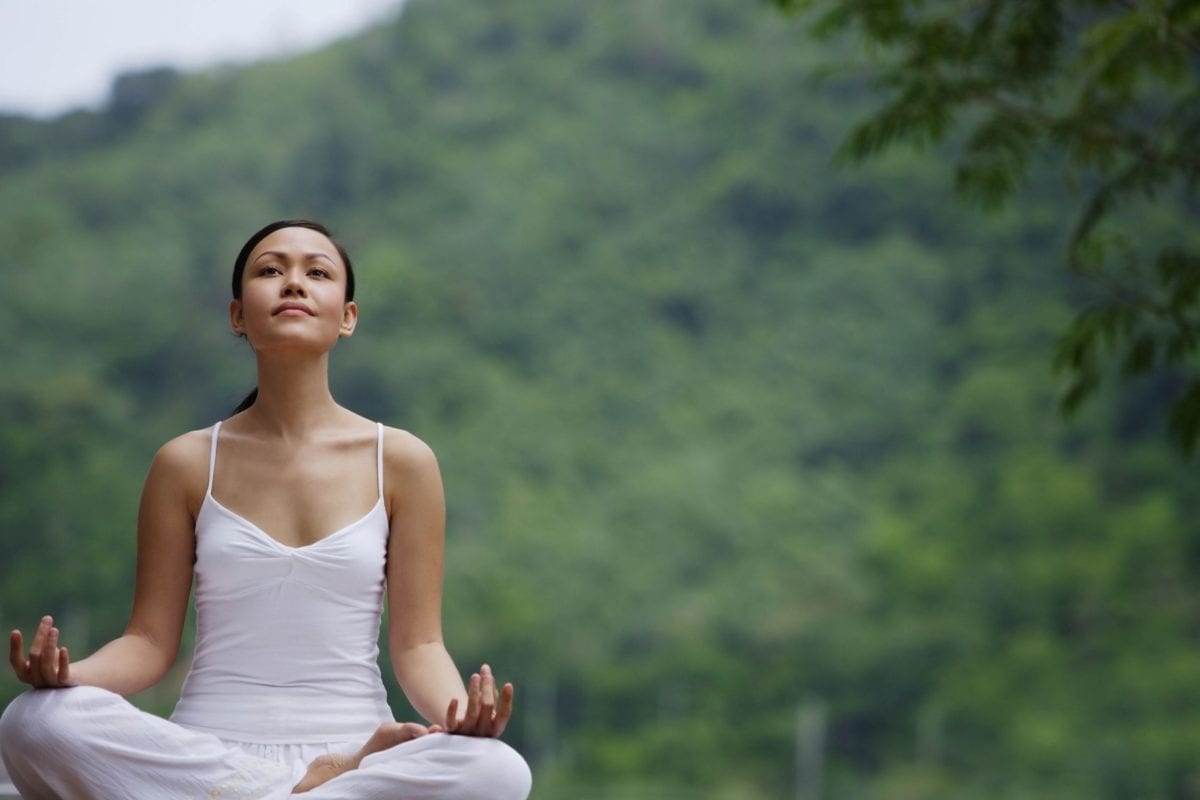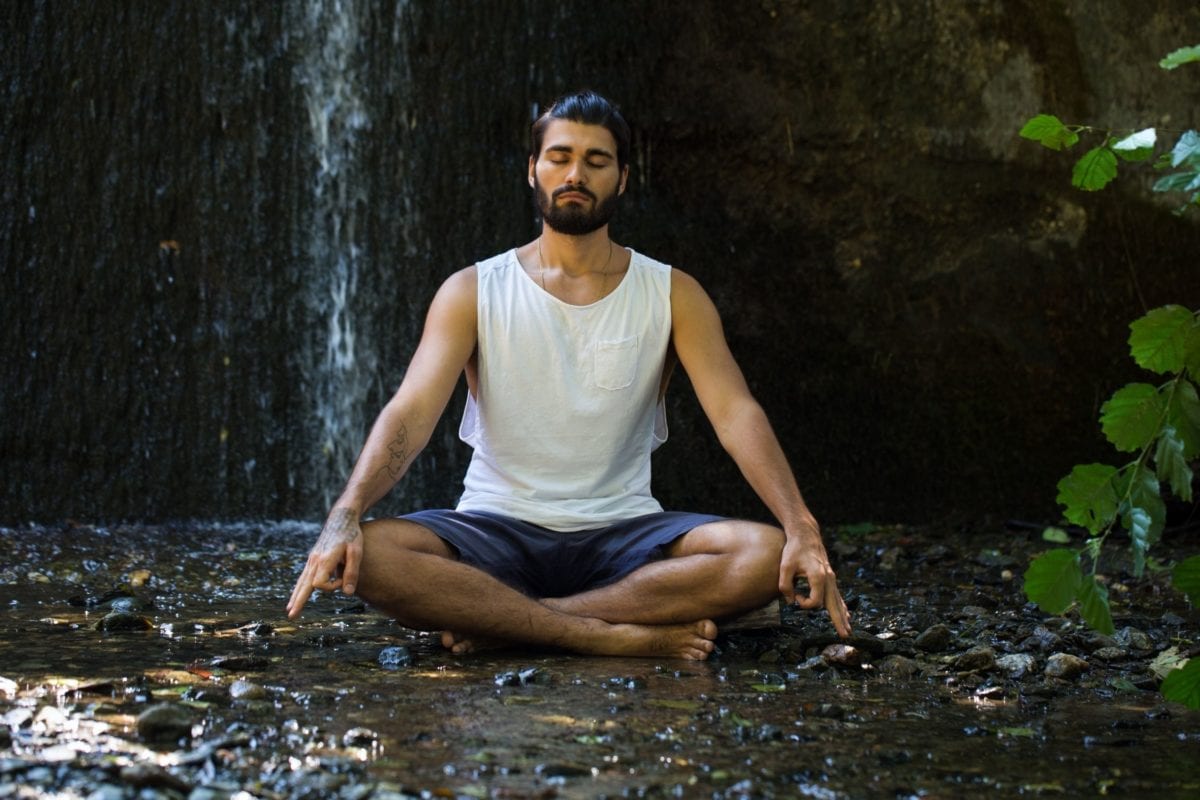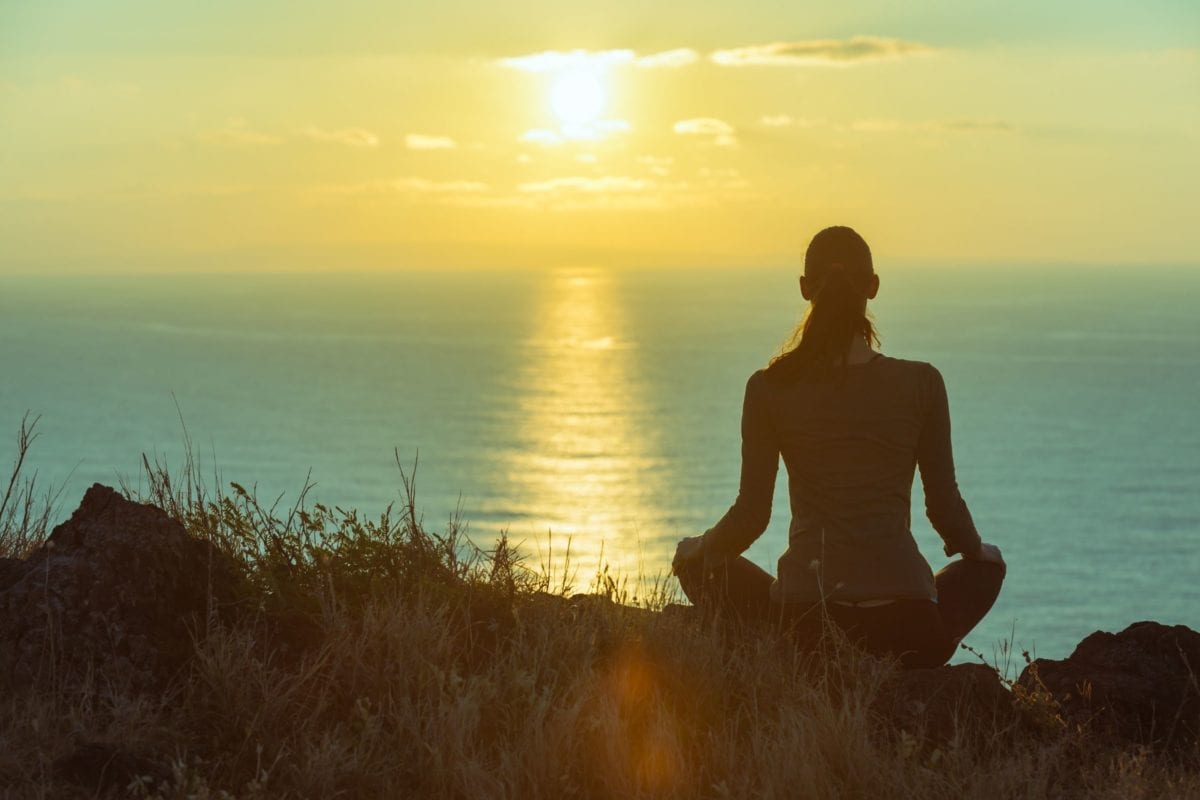Mindfulness Meditation to Lower Stress & Gain Clarity

© 2024 Bonnett Chandler, MA, LPCC,
Richard Chandler, MA, LPC, Kelly Krueger, MA, LMFT
Mindfulness meditation is beneficial for times of worry, and anxiety-ridden thoughts persist. In addition to lowering stress levels, this meditation technique brings clarity of mind. That is why mindfulness meditation is central to yoga, all forms of Buddhism, (including Zen), and in many spiritual traditions, including Christian “Centering Prayer.”
Since learning Mindfulness Meditation over two decades ago, I have taught it to many of my Central Minnesota individual clients.
The 7 Steps for Learning Mindfulness Meditation
The best way to learn to meditate with mindfulness is to do so in the traditional way. Once learned, you may easily meditate while doing routine tasks, including house and yard work.

Here are the 7 steps & instructions:
1. Sitting
Sit upright in a chair or on the floor in a comfortable way. You may find that sitting on a cushion helps relax your back and hips when meditating on a level surface.
2. Physical Sensations
Notice how your body feels, especially where you are in contact with the chair or cushion. Feel your feet on the floor and your hands on your lap or legs. Notice all of this as a physical sensation.
3. Eyes Open
Keep your eyes open, as mindfulness meditation is about learning to be present in your day-to-day life. The idea is to be here now, rather than be overly-occupied with your thoughts. With open eyes, we stay in the world that we share with others, rather than occupying the world of our mind.
4. Eye Gaze
Rest your gaze 6’ - 10’ in front of you. It is easier to learn this way as you lower visual distraction. Over time, as you do more meditating, it will be easier to look where you wish without losing meditative awareness.
5. Breathing
Notice your breathing, particularly the quality of your out-breath. Pay attention to the sensation of the air as it enters your lungs, expanding your abdomen and chest. Notice how your breath empties, automatically contracting your chest and abdomen. Witness how your breath gently dissolves into space. Note: Do not try to control your breathing. Instead, watch your breath as it naturally occurs.
7. Thinking
Although you are endeavoring to pay attention to the sensation of your body, and your breathing, you’ll eventually notice that you have been thinking.
6. Mind Back to Breathing
Once you notice that you have been thinking, label that process by saying the word “thinking.” You may also use a word like “detach,” and go back to noticing your breathing and how your body feels.
Helpful Tips to Meditate Successfully

The nature of your thoughts doesn’t matter. You might have been thinking of beautiful, insightful, or spiritual ideas. Your thoughts could be worrisome, embarrassing, or even scary. All are simply thoughts and probably have nothing to do with what you are doing at the moment, which is safely and quietly sitting. Whether worrying thoughts or happy thoughts, they are just thoughts.
You might be surprised to discover how often you lapse into thinking. No worries. By doing the technique, over time, anxiety-filled worry thoughts will no longer dominate.
Don’t try to control your thoughts. Don’t try to “not think.” That will only lead to even more thinking. After labeling your thought, by saying “thinking” or “detach,” go back to noticing your body and your breathing. Do this over and over again, no matter how many thoughts you have.
Once you lose concentration, take a break and stretch, or declare that you have completed meditation practice and go on with your day.
Initially, it helps to learn the technique of mindfulness meditation by sitting comfortably and quietly with your eyes open, gently gazing out in front of you. Over time, you will be able to do mindfulness meditation in virtually any setting, and while engaged in other activities, including exercising, house and yard work, or driving.
How Meditating Lowers Stress, Worry, & Anxiety
You’ll discover that you can relax into the essence of your being, the part of you that is pure perception. It is a profound personal discovery to experience, first hand, to know that you are not your thoughts.
You are likely to experience the benefits of practicing mindfulness meditation soon after starting. Over time, you may notice even more beneficial change. With consistent practice, it is possible to feel calm, centered and balanced in all areas of your life.
If you would like to learn mindfulness meditation to help you with troubling thoughts, please contact me.

I can answer your specific questions by calling or texting me at (320)223-9481 or email me at richardjchandler@gmail.com, and we can discuss whether or not it makes sense for us to work together.
